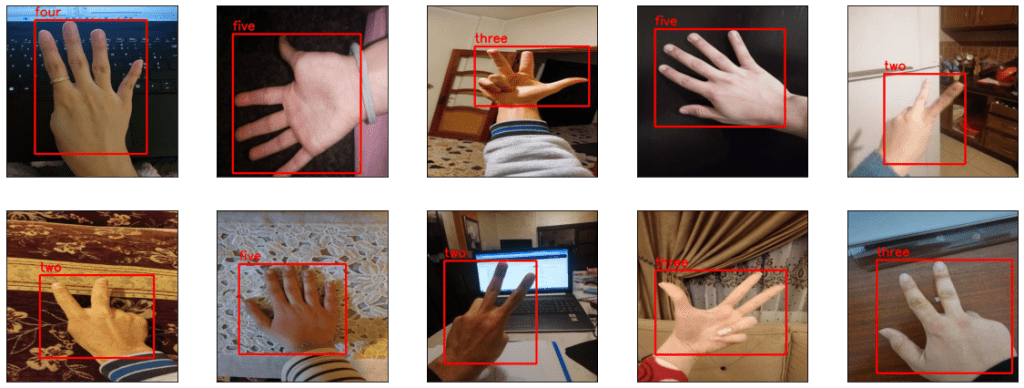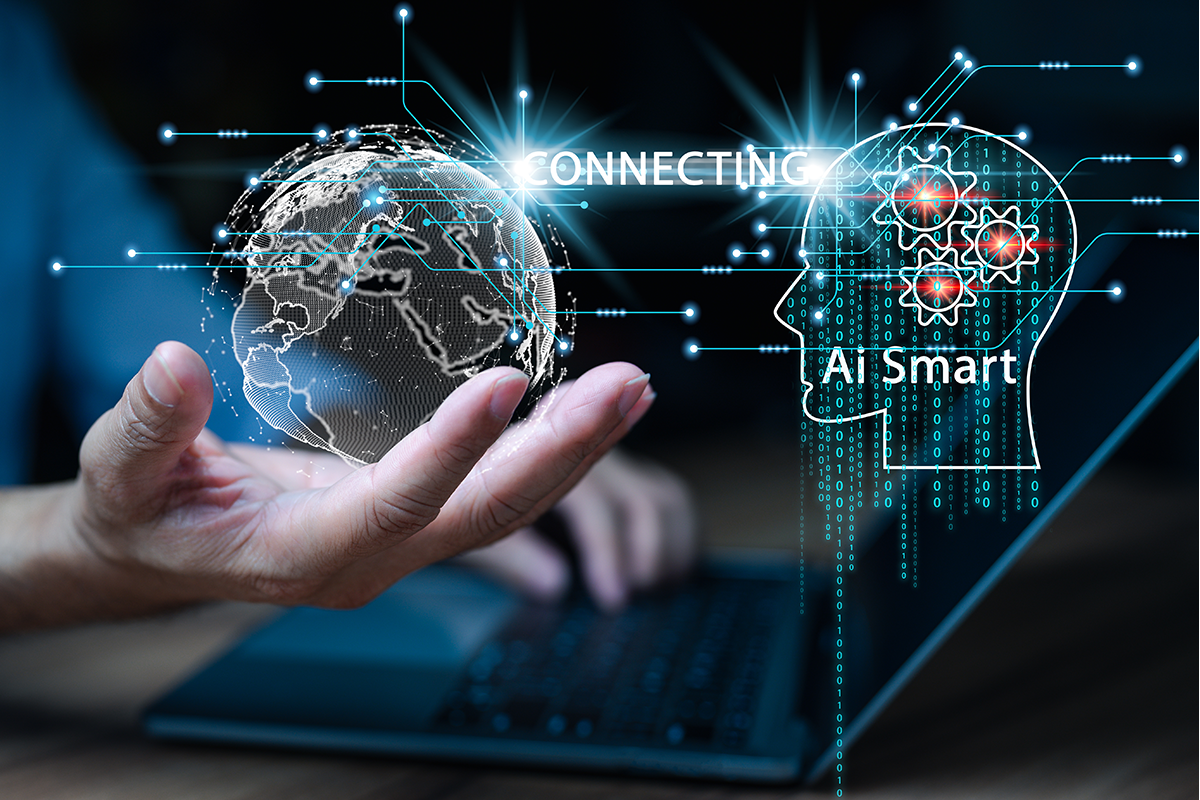Discover Pandipedia
Pandipedia is the world's first encyclopaedia of machine generated content approved by humans. You can contribute by simply searching and clicking/tapping on "Add To Pandipedia" in the answer you like. Learn More
Expand the world's knowledge as you search and help others. Go you!
Let's look at alternatives:
- Modify the query.
- Start a new thread.
- Remove sources (if manually added).

If you focus on the difference you can make for the business you're working in, people will see the value.
Judy Chou[3]
We need to diversify beyond the whole orchestra. It's more about your instrument, and how you present it.
Judy Chou[3]

We built Sano with the goal of completely changing the field.
Charlotte Guzzo[2]
Women in biotech can make an impact that hasn't been heard.
Judy Chou[3]
There are always a million obstacles. Always keep a few people around to help validate your belief system.
Paula Ragan[3]
Let's look at alternatives:
- Modify the query.
- Start a new thread.
- Remove sources (if manually added).
Get more accurate answers with Super Pandi, upload files, personalised discovery feed, save searches and contribute to the PandiPedia.

The reproduction of harmful ideas is particularly dangerous now that AI is being tested at scale on millions of people.
Kate Crawford
Algorithmic biases are not only technical failures but often reflect systemic inequities embedded in historical and societal data.
Unknown

If left unchecked, biased algorithms can lead to decisions with disparate impact on certain groups, even without programmer’s intent to discriminate.
Nicol Turner Lee, Paul Resnick…
Fairness is a human, not a mathematical, determination, grounded in shared ethical beliefs.
Unknown
The reliance on AI may create a false sense of objectivity and fairness.
Röösli, Rice, and Hernandez-Bo…
Let's look at alternatives:
- Modify the query.
- Start a new thread.
- Remove sources (if manually added).
Introduction and Preparation

Begin your digital declutter challenge by assessing your current digital landscape and deciding which areas cause the most clutter. Make a list of your email accounts, device storage contents (files, downloads, apps), photo libraries, and social media feeds to identify where you need to start. Establish clear goals such as reducing screen time, organizing digital files, and removing non-essential notifications. As one guide explains, digital decluttering involves sorting through emails, photos, apps, and even social media content to remove what you no longer need[7].
Week 1: Declutter Your Inbox and Communication Channels
The first week focuses on your email and communication channels. Start by taking stock of your inbox: delete unnecessary emails, unsubscribe from newsletters that no longer add value, and create folders for important correspondence. For example, a four‐week challenge guide recommends beginning your decluttering by organizing your inbox and establishing clear folder systems[1]. In addition, review your contacts and remove outdated entries, and begin checking your notes application to delete redundant notes or merge similar entries. Integrating daily bite-sized tasks from a 30-day digital declutter plan can make this process less overwhelming and help you build habits that target communication clutter[2].
Week 2: Device Management and File Organization
During the second week, shift your focus to clearing clutter from your devices. Begin by cleaning up your digital workspace on computers and mobile devices. Remove unused apps, organize bookmarks into folders (for example, using workspace management tools), and delete excess downloads and unnecessary files. A detailed checklist suggests taking note of your frequently used bookmarks and deleting those that are no longer needed, as well as periodically wiping your desktop and digital downloads folder[1] Meanwhile, use the advice from a digital declutter checklist to review your browser extensions and calendar clutter, ensuring that only what is necessary remains active[6]. This step establishes a foundation for better performance, organization, and reduced non-essential screen use.
Week 3: Photo, Social Media, and App Declutter

Week three targets photos, social media, and the apps on your devices. Start by sorting through your photo libraries: delete duplicates, blurry images, and organize the rest into clearly labeled albums. As some guides recommend, creating albums by event or subject can help save storage space and reduce the time spent searching for images[1]. In parallel, re-examine your social media feeds and the accounts you follow. Remove those that no longer resonate with your current interests and use tools such as Instagram's reset features or the options to mark content as 'Not Interested'[5]. Finally, delete unused apps or reorganize them into specific folders on your mobile phone, which not only declutters your home screen but also helps reduce temptations to spend excessive time on some applications[7].
Week 4: Desktop Optimization and Establishing Maintenance Habits
The final week of the challenge is about perfecting your desktop and creating lasting habits. Begin by cleaning up your computer's desktop—delete unneeded files, organize remaining ones into categorized folders, and update your background for a fresh visual appeal. This step also involves systematically clearing out caches and cookies from your browsers to enhance performance[1]. In addition, set up scheduled reminders (for instance, every three months) to revisit and clean your digital spaces gradually, thus maintaining your newfound organization. As part of establishing long-term habits, consider planning for digital detox periods, using strategies such as setting internet downtimes or designating screen-free zones in your home to encourage breaks from devices[4].
Troubleshooting and Post-Challenge Maintenance
During and after the challenge, expect some hurdles like feeling overwhelmed when facing large amounts of clutter or accidental deletions. When such issues arise, break the tasks into even smaller, daily sessions and use checklists to track your progress. Many guides suggest that if you have thousands of items (like hundreds or thousands of emails or photos), work in batches and assign specific days to different tasks to avoid burnout[2]. After completing the month-long challenge, integrate routine maintenance measures such as monthly decluttering sessions and quarterly system checks to ensure your digital environment remains organized. Also, consider using tool apps to track screen time and set digital boundaries, as these can help reinforce the habits you've built during the challenge[4].
Let's look at alternatives:
- Modify the query.
- Start a new thread.
- Remove sources (if manually added).
Quantum sensors enhance gravitational mapping, revealing hidden underground structures.
Medical imaging benefits from quantum magnetometers, offering better diagnostic capabilities.
Quantum sensors can detect underground resources like oil and natural gas with high accuracy.
Quantum accelerometers enable precise navigation in GPS-denied environments.
Atomic clocks provide unparalleled time accuracy for GPS systems.
Let's look at alternatives:
- Modify the query.
- Start a new thread.
- Remove sources (if manually added).
Overview of Multimodal AI in Customer Service

Multimodal AI represents a significant advancement in customer service by enabling systems to integrate and analyze diverse data types—such as text, voice, images, and video—to create a unified and context-rich understanding of customer interactions[1]. This comprehensive approach allows organizations to address customer queries more intelligently, merging insights from different channels into a single workflow. By synthesizing varied data inputs into one cohesive model, these intelligent systems pave the way for more precise and responsive customer support that adapts in real time to customer needs[10].
Integration of Voice, Gesture, and Visual Recognition
Modern multimodal AI agents are designed to incorporate not only textual data but also voice, gesture, and visual inputs. For instance, advanced chatbots utilize natural language processing alongside computer vision techniques to analyze customer images and interpret voice tone and sentiment, resulting in a rich and human-like interaction experience[3]. In practice, solutions from Crescendo.ai demonstrate seamless integration where customers can switch between text, audio, and email within the same conversation, while visual troubleshooting capabilities enable the analysis of invoices, screenshots, and other images to instantly pinpoint issues[6]. Additionally, multimodal systems are capable of interpreting non-verbal cues such as facial expressions and gestures to refine sentiment analysis further, ensuring that the responses generated are empathetic and precisely tailored to the customer's emotional state[13].
Automation and Augmentation of Routine Tasks
By integrating multimodal capabilities with robust backend systems, customer service workflows are transformed through the automation of routine tasks and the augmentation of human agent efforts. Systems that analyze texts, images, voice recordings, and videos can automatically classify inquiries, initiate troubleshooting protocols, and even generate specific responses based on the context provided by the customer[4]. For example, when a customer submits an inquiry that involves a damaged product image together with a voice message, the AI system can autonomously verify the defect, cross-check customer history, and trigger a return or replacement process without additional human intervention[10]. Such integration not only lowers resolution times but also frees human agents to focus on more complex and critical issues by providing them with real-time recommendations and streamlined workflows based on comprehensive data analysis[12].
Evaluating Productivity Metrics and Efficiency Gains
The deployment of multimodal AI in customer service can dramatically improve key performance metrics by standardizing and automating a significant portion of interactions. Studies and analyses have shown that AI-driven platforms contribute to enhanced agent productivity by reducing average handling times and accelerating ticket resolutions[2]. Metrics such as the percentage of customer queries resolved entirely by AI, reduced response times, and increased self-service usage all indicate marked improvements in efficiency. For instance, automated systems are capable of achieving faster resolution times while delivering tailored, context-aware responses, which translate into lower operational costs and higher customer satisfaction scores[14]. The ability to monitor these metrics continuously ensures that organizations not only track improvements in agent performance but also make sound decisions regarding additional investments and workflow adjustments.
Change Management and Governance in AI Adoption
Integrating multimodal AI agents into customer service workflows involves significant change management measures to ensure smooth implementation and sustained improvements. A successful transition begins with pilot programs that allow organizations to experiment with small-scale deployments, build confidence among staff, and understand the specific capabilities of the new technology[11]. Engaging stakeholders from the beginning is vital, as is providing comprehensive training and establishing clear governance policies regarding ethical use and data security. Regular monitoring and continuous improvement practices are essential to adapt to new data and evolving customer needs, ensuring that the multimodal systems remain effective over time[11]. Furthermore, by setting up key performance indicators and structured feedback loops, organizations can track both the direct contributions of AI and the benefits derived from enhanced human-agent performance, facilitating transparency and accountability in AI-driven transformations[12].
Let's look at alternatives:
- Modify the query.
- Start a new thread.
- Remove sources (if manually added).
Get more accurate answers with Super Pandi, upload files, personalised discovery feed, save searches and contribute to the PandiPedia.
Transcript
Welcome to our quick climate technology update. This year, investors are placing record venture funding into a few key sectors that are shaping the future of sustainability. Innovations in energy storage are powering the renewable energy revolution with breakthrough battery systems and grid-scale solutions. Companies focused on carbon capture and utilization are turning atmospheric carbon into commercial value and reducing emissions. Breakthrough work in alternative protein technologies is transforming food production, while circular economy solutions are converting waste into valuable resources. In addition, climate adaptation technologies are helping communities prepare for extreme weather events. These trends highlight an exciting and transformative journey in climate technology dedicated to a greener future.
Let's look at alternatives:
- Modify the query.
- Start a new thread.
- Remove sources (if manually added).
Let's look at alternatives:
- Modify the query.
- Start a new thread.
- Remove sources (if manually added).
AI systems achieved historic highs in language understanding benchmarks.
Record-breaking performance scores rose dramatically on new tasks.
Multimodal AI shows advanced capabilities in vision and language tasks.
AI agents start to match human expertise in select gaming scenarios.
Generative AI adoption soared, driven by burgeoning tech investments.
Let's look at alternatives:
- Modify the query.
- Start a new thread.
- Remove sources (if manually added).
Let's look at alternatives:
- Modify the query.
- Start a new thread.
- Remove sources (if manually added).











